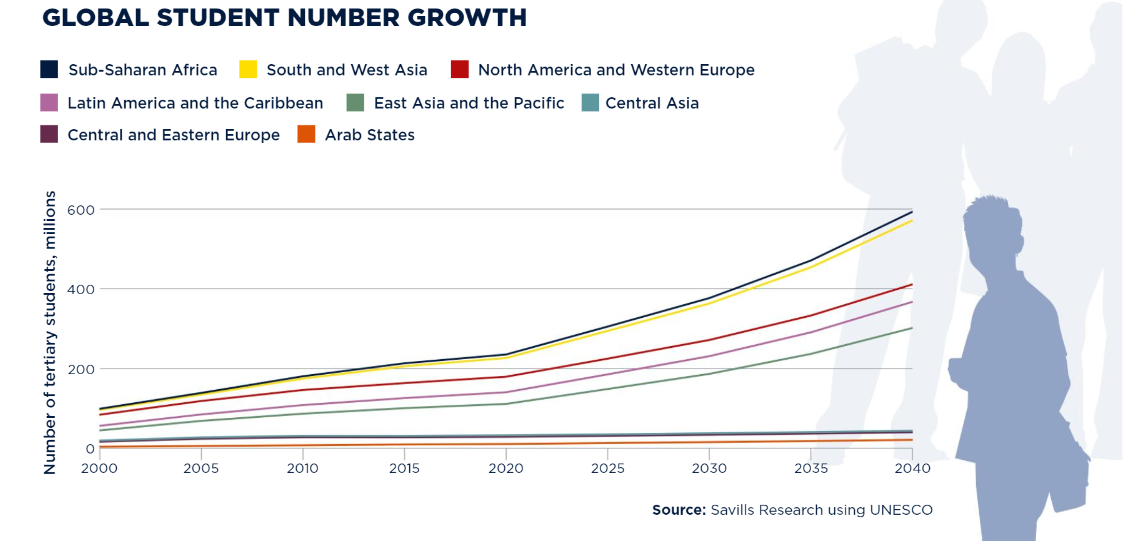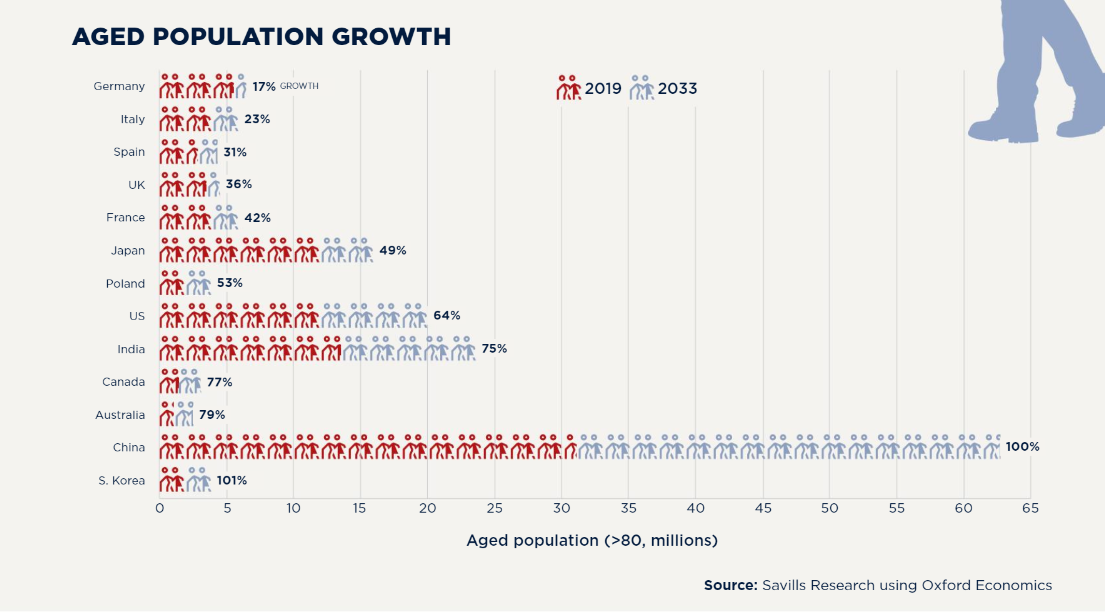
11 minute read
The Future of Global Real Estate by Kieran Kelleher
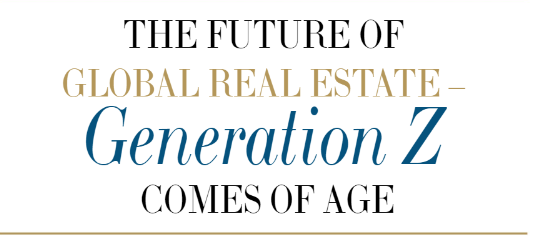
(Elements of this article are republished with thanks to Savills as presented in their June 2023 ‘Impacts –Property with Purpose’ report, which can be downloaded at www.savills.com/research )
Markets were typically somewhat predictable and followed a cyclical pattern for decades. Cycles that were 10 years are now as little as 2 years with change being the only element that is constant in markets.
Many argue that we are at a defining moment in history. Global instability is affecting all world markets and calls for action on the climate crisis are becoming more urgent. Meanwhile, the world has not returned fully to pre-pandemic norms and arguably is struggling to reach a consensus on how today’s society should live and work. The world is changing in fundamental ways and what we need from property is changing with it. Real estate plays a central role in shaping our lives. It’s a major challenge – and opportunity – for our industry.
The broad data, as presented by Savills, shows the enormous changes we are facing. And we are not ready. Perhaps we are not willing to face the challenges especially when it comes to climate change and how older generations have somewhat broken the unwritten social contract with our children - who find it impossible to get onto the property ladder and who have to fix the climate mess we leave behind from overburdening the planet and the fact that wealth has significantly moved towards the ageing population since the financial crisis in 2007.
GENERATION Z COMES OF AGE
In November 2022, the global population reached eight billion. This milestone was described by UN Secretary General António Guterres as “an occasion to celebrate diversity and advancements while considering humanity’s shared responsibility for the planet”. In the same year, India, with 1.4 billion people, overtook China as the world’s most populous country. Over the next 10 years, India’s population is set to be the fastest growing in the world, adding 100 million people. Meanwhile, China’s population is expected to tip into long-term decline, having fallen last year for the first time in 60 years.
This epoch-defining shift is emblematic of wider demographic changes around the globe. The developed world is ageing, as are China and many countries in South America and the Middle East. This means the balance of population growth is shifting to Asia and Africa.
But here is a bright light. Generation Z – those born between 1997 and 2012 – is coming of age and has become the largest generation on Earth. Generation Z and their predecessors, Millennials, will soon come to power and make dramatic changes with a more profound and real focus on the planet. The rise of Generation Z has immense implications for real estate and cities. The most in-demand hubs are changing, as the mix of uses for real estate evolves and becomes more fluid. All of this is happening in a post-pandemic context.
Covid-19 changed our world, catalysing trends towards hybrid working, online retail and digital communication. As well as creating a need for large data centres, these trends are altering workplaces, homes, and city centres. At the same time, the pandemic has compounded the growing emphasis on environmental, social and governance (ESG) factors among investors and the general public. As just one example, at the city level, one of the youngest cities in the analysis, Dubai – 54 per cent of whose population will be aged 15 to 39 by 2033 – is in the ageing Middle East.

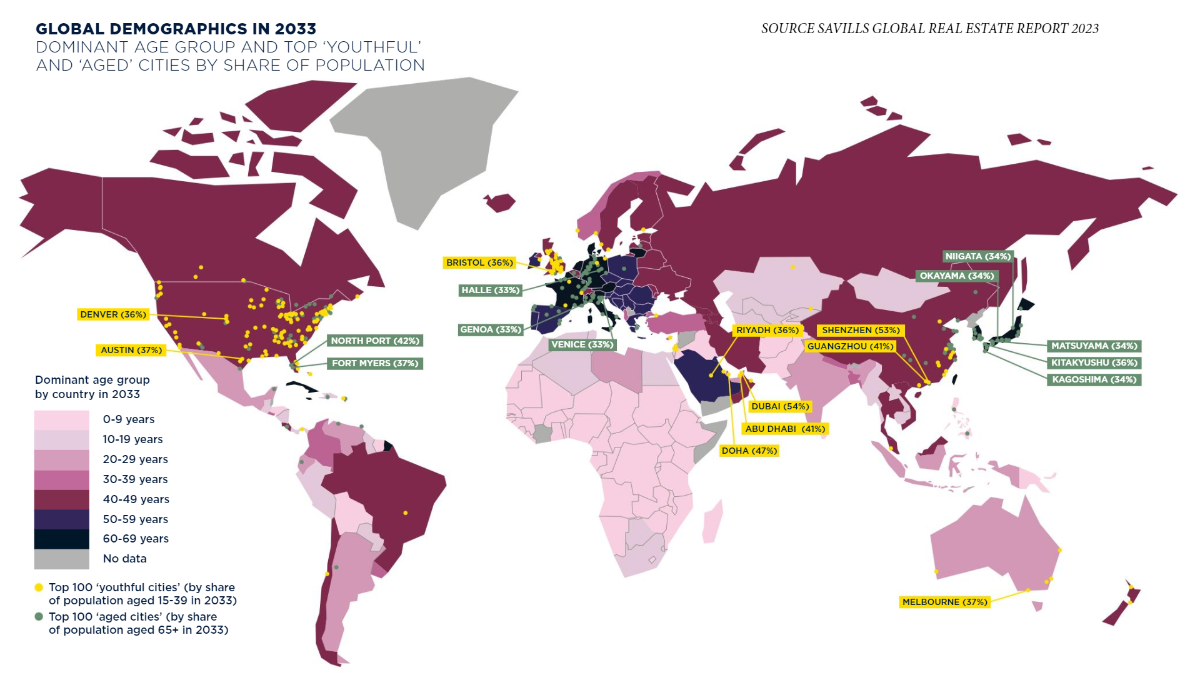
Pavlos Gennimatas, managing director from European Living, Hines Europe commented “Demographic changes are transforming the housing sector across Europe. In the last two decades, the European population has grown by 34 million. At the same time, Europeans are having fewer children and starting families later in life, resulting in a lower birth rate and a 30% growth in single-person households. This has led to increased demand for smaller apartments. In response to this, our schemes combine more green spaces, high-end work-from-home amenities, integrated technology, and a focus on ESG.
From a macroeconomic standpoint, while unemployment rates in Europe have reached a record low since 2008, the cost of buying a home has increased by 45% since 2013. In combination with the rising cost of living, it has meant the average age for a first-time buyer has shifted from 31 in 2013 to 34 today, further increasing the demand for rental products”.
Furthermore, Generation Z tends to prioritise travel, convenience and city living, with 1.2 million digital nomads in Europe today. Students, particularly internationals, are following suit, as academic enrolment is countercyclical and tends to increase during economic uncertainty.
At the other end of the age spectrum, rental demand is also being driven by the senior population. Life expectancy has significantly increased, with people over 65 expected to account for 30% of the population in the next 25 years. To continue to meet modern-day and future rental needs, real estate developers will need to proactively focus on investing, developing, and managing intergenerational schemes across Europe, including student housing and hybrid forms of short- to medium-term stays.
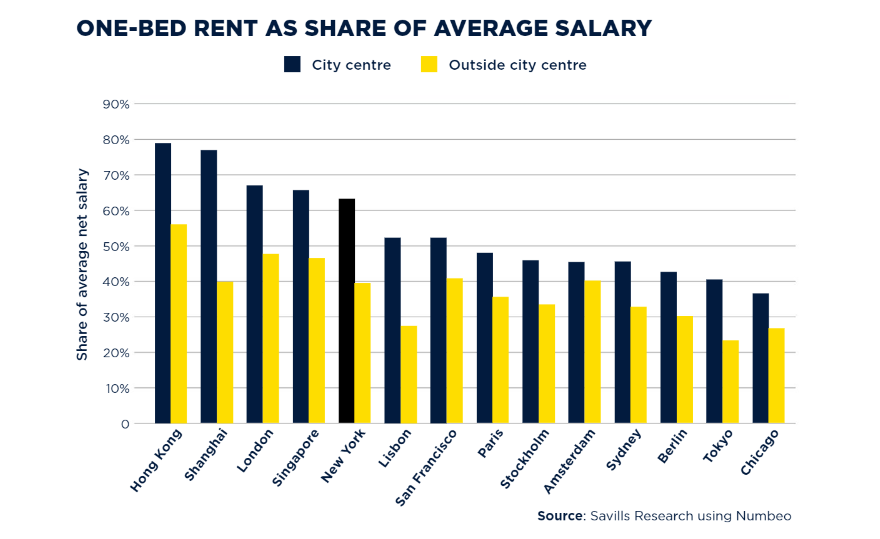
THE DIGITAL GENERATION Z
Generation Z, half of whom are now aged over 18 and beginning to enter the workplace, are driving many of these trends. With their digital savviness, they are able to leapfrog the legacy infrastructure found in continents with older populations. Generation Z are also more mobile than previous generations and less likely to be rooted in one national identity. In the European Union, nearly 13.9% of those aged 14 and younger in 2019 were born in another member state, while 6.6% were born outside the EU. Many of these connected, global citizens want to study abroad, fuelling demand for student housing in the most popular education markets of the US, the UK and Australia, as well as rising international student hubs in mainland Europe and elsewhere.
Between 2000 and 2020, the number of international students in the world more than tripled from two million to 6.3 million. Post-pandemic, with the majority of Generation Z residing in developing markets, the numbers are likely to increase further, creating huge potential in this sector. Drawn to cities and less inclined to drive a car out of concerns for the environment, Generation Z may provide the tipping point for 15-minute cities (where everything they need is within a 15 minute environmentally friendly commute.) To appeal to this cohort, property managers need to be environmentally aware and offer seamless appbased or online services that are personalised.
Conflicting forces are at play in the workplace as well. Generation Z seeks a good work-life balance and employment with purpose, but that is not always within reach. A 2023 Oliver Wyman survey of this generation in the UK and US found that 85% prefer hybrid or remote working. However, Savills research shows such working arrangements are more typically offered for higher-level roles than entry-level jobs. At the same time, Generation Z prizes the sense of community that comes from being in the workplace. That feeling has intensified since the pandemic, with almost 80% of this age group appreciating the workplace community in 2022 compared with under 70% in 2013, according to Leesman.
Starting their careers, Generation Z also benefits from learning and mentoring in the workplace – though, ironically, community is less important to the older generations who might provide that knowledge. “It is the younger employees and those with fewer years in service where the workplace really contributes to their sense of belonging – through socialising and interacting with others and physically being in a space that provides them with a sense of identity,” says Kirsty Toye, Associate Director, Senior Workplace Strategist and Change Manager at KKS Savills.
“Trainees and junior staff need to absorb knowledge by osmosis and have easy access to others for guidance, but the more experienced, older generations will often favour working in their study at home without the distractions of the office.” Generation Z may think they want hybrid working, but older generations really do want it. This is not the only overlap between younger and older generations.
Larger, older populations mean more single-person households. This creates a need for smaller homes – a trend compounded by younger households getting married and having children later. Sometimes, however, there is a clash between the needs of different generations.
Future trends according to the WHO, state that healthy life expectancy, which rose from 58.3 in 2000 to 63.7 in 2019, is not keeping pace with total life expectancy, which rose from 66.8 to 73.4 over the same period. The health and wellness sector is experiencing considerable growth and this will inform the real estate market. Healthcare clinics are likely to become fixtures in the high street, and both public and private spaces will need to adapt to the needs of ageing populations.
Technology can play a vital role in helping people to stay in their homes for longer if they wish, even if they are less fit, and in improving healthcare, senior care, and senior living. Extensive childcare may also boost labour market participation.
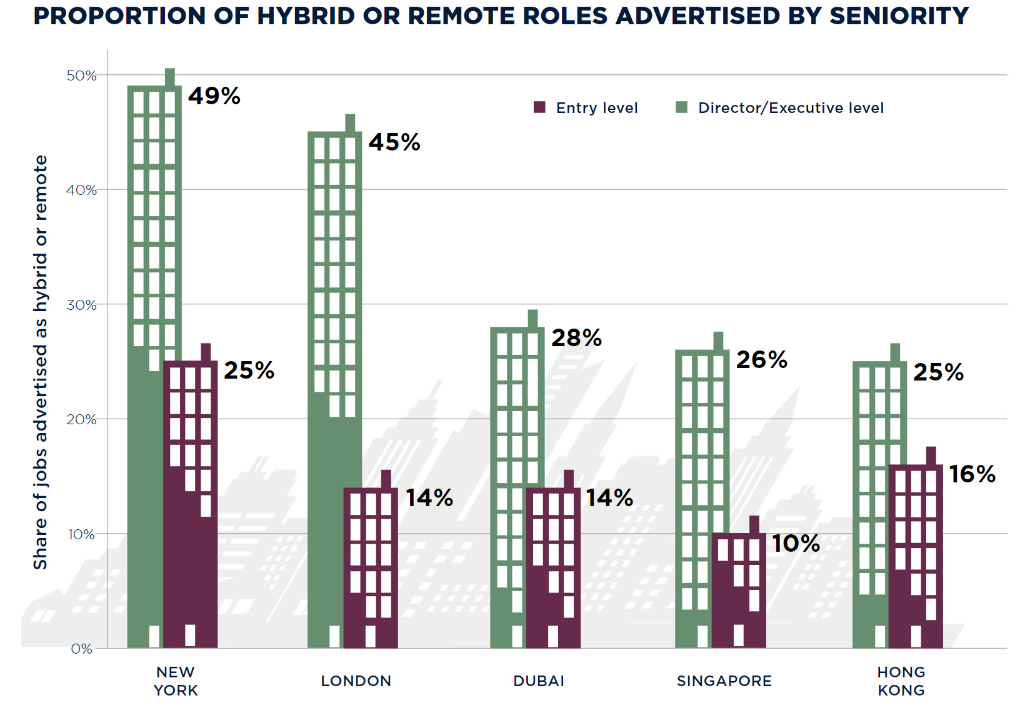
GENERATION Z’S HUNGER FOR KNOWLEDGE
The number of university students rose 30% in the decade preceding 2020. During this period there was a 68% increase in the number of international students. Most of this growth was in developing nations with youthful populations and it is set to continue. This will drive demand in growing nations such as India and in countries popular with international students, such as the UK and Australia.
UNESCO forecasts that over the next decade the number of students is going to double in Japan, South Korea, Australia, China, and India. Across the 13 global markets analysed in this article, the number of university students is predicted to rise from about 130 million in 2020 to over 227 million in 2033.
A lack of alternative housing options, due to a limited supply of affordable accommodation and a higher number of smaller households, has accentuated the increased propensity to stay in purpose-built student accommodation post-pandemic. Even developed markets lack high-quality student housing. Provision rates are below 10% in most markets, with the highest rate (in the UK) at 25%. The need for accommodation that provides space for students’ social needs and offers additional wellbeing services is growing.
Students seek housing options that offer community living, amenities, safety and access to transportation and entertainment. Based on the 13 markets featured in the Savills study, there is a shortage of 18m purpose-built student accommodation to meet 2033 requirements.
The world’s next billion people are going to be slower to arrive than the last. The global population took 12 years to grow from seven to eight billion, but it will take 14 years to reach nine billion. It’s a sign that the population growth rate is slowing, which is good for the planet, but poses a number of challenges that will be reflected in the real estate market. The watchword will be flexibility. As the millennial and Z generations move further into positions of power, green cities and mobility will become standard. At the same time, spending will shift to older age groups.
Tomorrow’s older consumer will be digitally savvy, and this will drive societal shifts. Online and hybrid retail will thrive, while digital and real-world experiences will become entwined and offices and homes less firmly demarcated. As ever, it is the purpose of property to respond to these changing – and sometimes contradictory – trends in a way that satisfies our basic human needs for shelter, comfort, and functionality.
A well-educated global community of Generation Z citizens are the best hope we have for a correction that is urgently required in world. And at the same time, the opportunities for our industry are exceptional where we can meet the needs of the new leaders of tomorrow.
GLOBAL STUDENT NUMBER GROWTH
